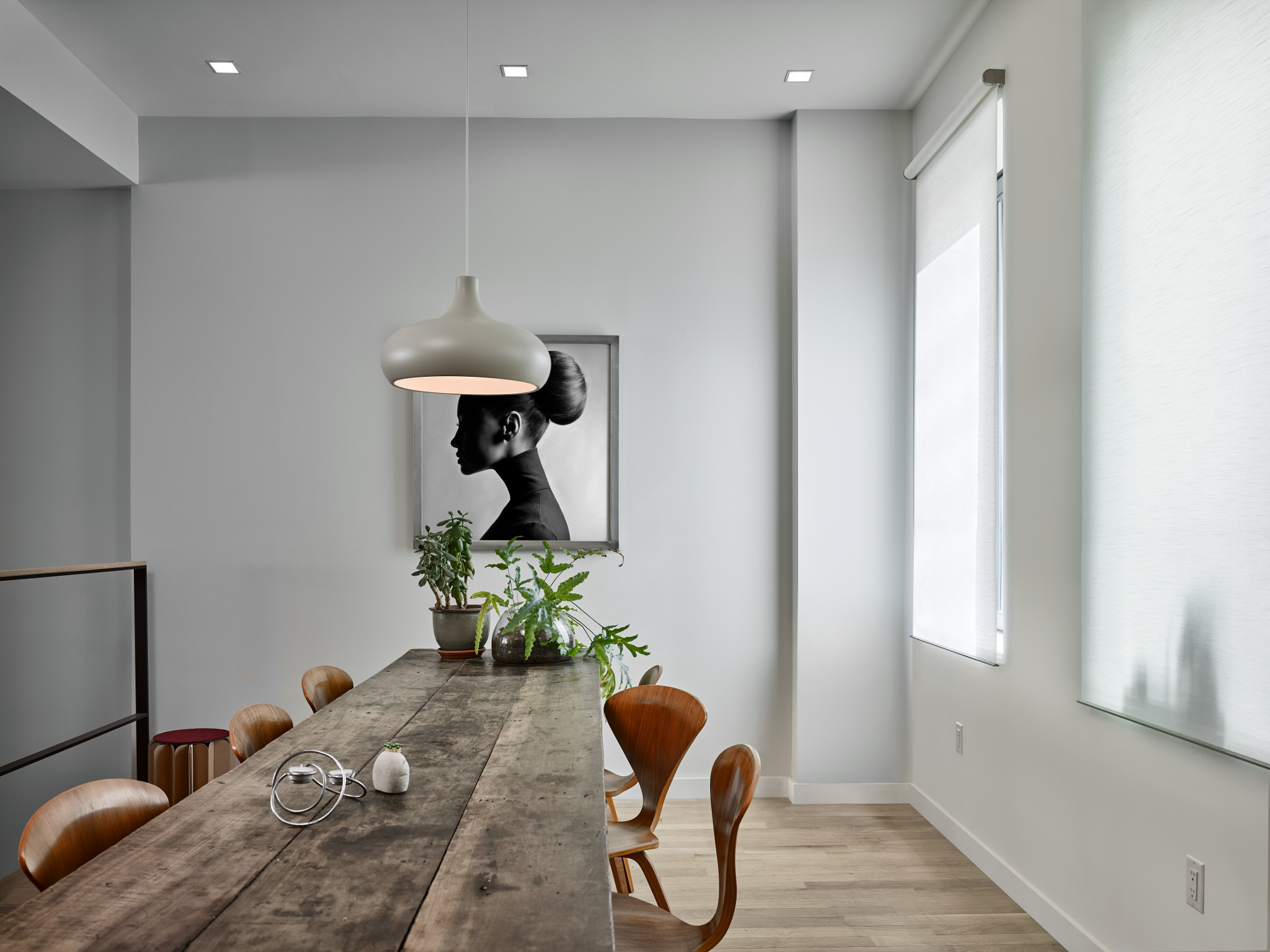Halogen to LED… upgrade paths!
Questions Answered | 02-12-2022
On the 1st September 2018 the UK Government agreed to an EU Directive which would slowly eliminate the sale of inefficient light bulbs. Starting with non-directional halogen lamps, this has now included halogen bulbs and will ultimately also see the end of fluorescent light bulbs/tubes next year.
Halogen bulbs have been banned because they are hugely energy inefficient. LED bulbs use 85% less energy than a Halogen equivalent whilst outputting the same amount of light. Given the cost of energy at present this could provide any UK household with significant cost savings on their electricity bills.
Halogen bulbs convert the majority of their energy to heat, whereas LED bulbs convert the same energy to light. Therefore, Halogen bulbs can get incredibly hot which can also pose fire risks.
I think everyone agrees that LED is the way forward but simply replacing Halogen bulbs with LED bulbs can create a whole chain of follow-on problems. In my traditional UK 1980’s house we have just started doing this exercise, keen to try and reduce our ever-increasing electricity bills. I now have what is reminiscent of a ‘rave’ taking place in my bathroom every morning due to incompatibilities with the existing fittings and the new LED bulbs. I have been left with extreme flashing and we now need to replace all the light fittings to resolve this.
If you have a ‘smart’ lighting control system then the issues are just as complex, potentially much more costly. We have had a wave of enquiries over the past month (more than normal) from people with older lighting control systems which were installed circa 10yrs + ago. They are now changing fittings or bulbs to LED and the existing dimming modules are simply not compatible.
We have successfully completed a vast array of these upgrade projects over the past 5yrs + converting older Lutron Illumination or Interactive systems to HomeWorks QS or upgrading other systems such as iLight, Crestron, Mode Lighting plus many more. At present we have a project in Mayfair with over 130 Lutron keypads, 400+ dimming circuits spread over multiple floors with 19 separate lighting control enclosure locations. This is quite extreme but the process for resolving this is the same.
Back to basics…
Why is my system not compatible? This comes down to the different methods of dimming a circuit. Every single circuit of lighting within your house has a different load and requirement for control. For example, you might have a pendant over the dining table which requires mains dimming. You might have a group of downlights which are dimmed using DALI (a digital protocol). You might require simple on/off relay control for external lights which do not require dimming and do not have dimming functionality.
Our first step is to understand the lighting design within your property and to then translate this into a lighting control circuit schedule so we can calculate the requirements of the lighting control system and if the lighting itself if not being changed we need to ensure we match the light fittings which are in place.
Dimming is where everything becomes complex. There are two types of phase dimmers – leading edge dimmers and trailing edge dimmers.
- Leading Edge (also known as forward phase) traditionally used to dim mains tungsten filament lamps, including mains (220-240V) halogen lamps
- Trailing Edge (also known as reverse phase) now used to dim Electronic (solid-state) transformer-supplied low-voltage lighting (LED’s)
The majority of older lighting control systems use Leading Edge dimming and therefore they are not compatible with new LED fittings or lamps. Classic examples of these are Lutron RPM modules which were traditionally used with original Lutron Illumination or Interactive lighting control systems. These systems were surpassed by Lutron HomeWorks QS in circa 2011 so if your system was installed prior to this or around this time you will find that an upgrade will be needed.
Here is an image of a panel with RPM modules:
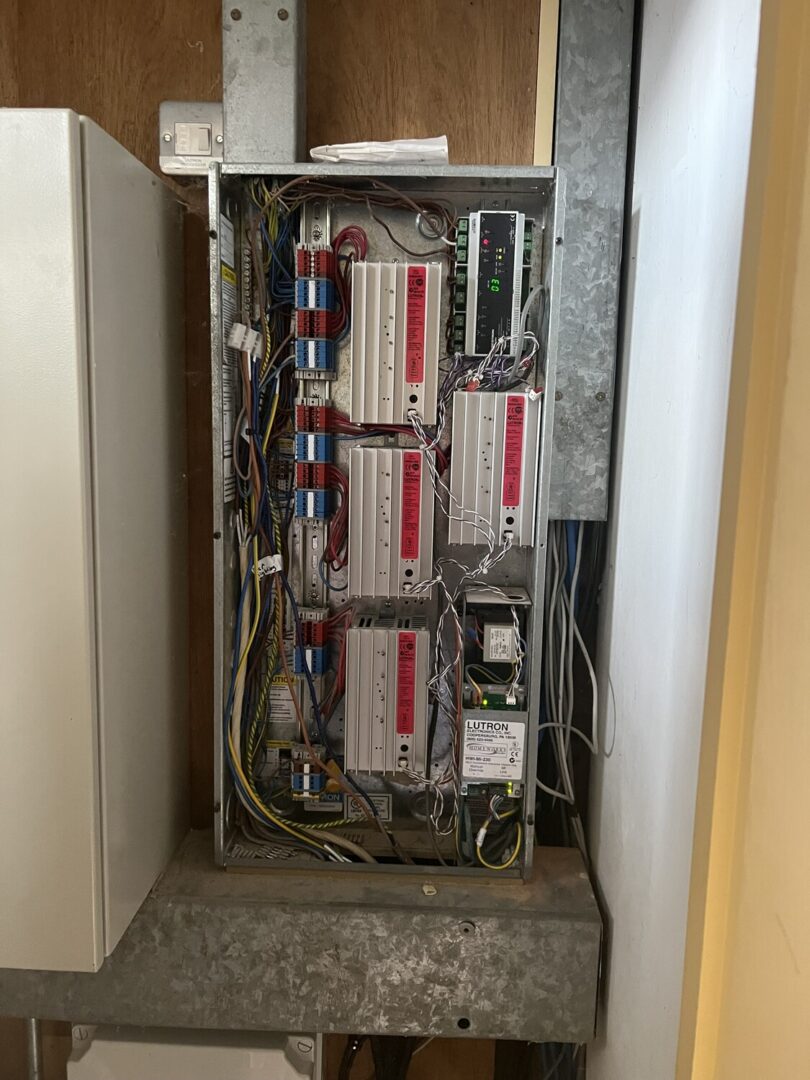
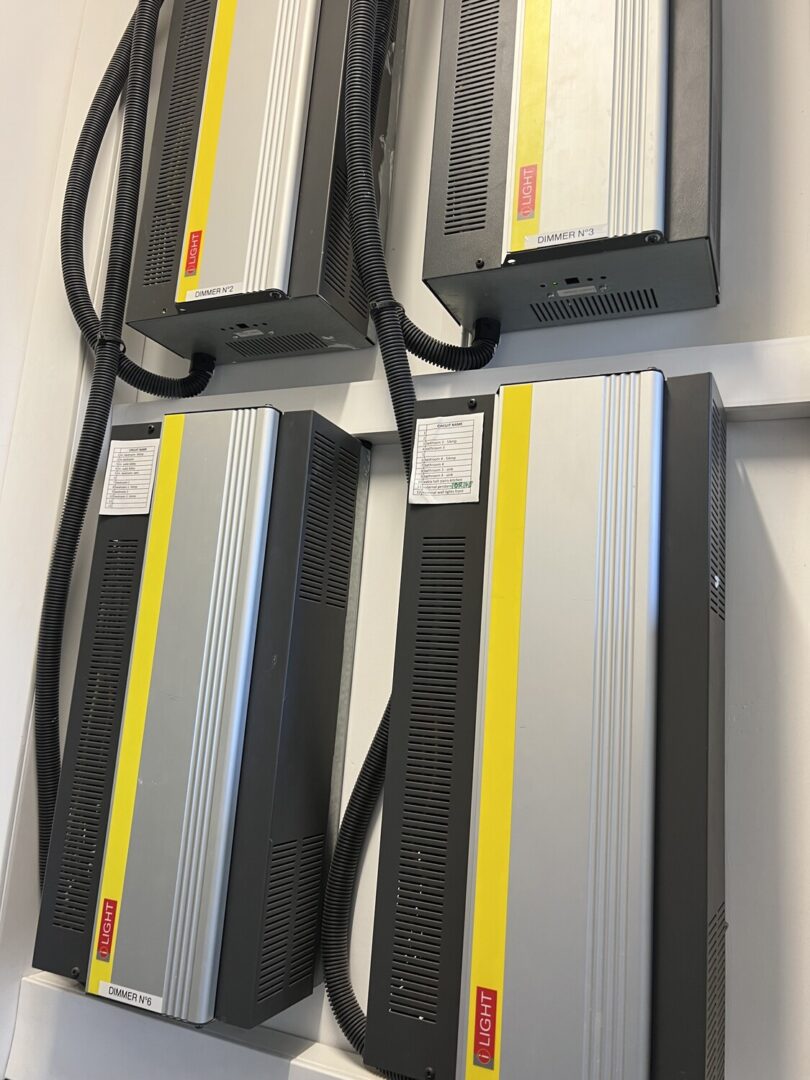
Complications:
Aside from the incompatibility issues there are also complications in regard to replacement parts for these systems.
Only yesterday we attended a callout for a property in London which had a report of no lights. The culprit was the old Lutron Illuminations processor which had died. There was no way to bring it back and not even a chance to extract the program from it. It is not possible to buy these now, so the client is needing to upgrade to HomeWorks QS and we are tasked with quite a complex upgrade in an emergency situation as they have no lights.
My recommendation would be to be aware of this in advance and to factor this upgrade in to the finances associated with the upkeep of the house. There is nothing worse than having no lighting and facing a minimum wait of 1-2 weeks for parts to arrive, labour to be allocated etc for quite a time-consuming upgrade. Without access to the code which was loaded on this processor we are now also faced with reprogramming the entire system without any knowledge as to what each keypad did prior.
Here is an older 8-series Lutron Processor:
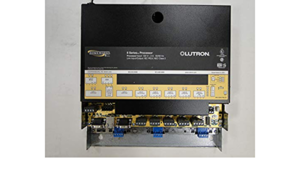
How do we do this and what do you need to be aware of:
HomeWorks QS is the latest generation of Lutron lighting control and by far the market leader in terms of software, keypads, performance, and reliability.
Upgrading to HomeWorks QS allows you to use the Lutron App, allows you to integrate into other control systems like Crestron Home or Control4 and provides world-class dimming performance and incredible new features for new installs such as circadian lighting, white light tuning for example and DALI control.
If you have an older system and you do not want to replace the keypads, then Lutron has a software licensing path which allows us to retain the keypads and any loops controlling Blinds for example. It also allows us to keep the RPM modules if they have not failed and you want to reduce costs to a minimum. Keeping the RPM’s is somewhat of a ticking timebomb however as when they fail, they will need to be replaced with new LED+ modules.
There is a juggling act and risk associated with paying for software licenses just to keep old equipment alive. If the old equipment fails within 1-2 months of the upgrade and needs replacing arguably these licenses are no longer needed.
Our process would be as follows:
- Detailed survey to map the circuitry, extract code if the processor is still online and document keypad functionality
- Provide a proposal with cost options for a full upgrade including modules and keypads or a partial upgrade with licensing
- Upon approval we would appoint a PM and they would be responsible for overseeing the detailed design – ensuring the central enclosure spaces are designed correctly. Upgrading Lutron with Lutron is simple in terms of enclosures. Upgrading iLight to Lutron for example requires a redesign of the enclosure space and new enclosures.
- We would then order the equipment and prepare as much as possible offsite. If there are to be new keypads, we would agree the engraving with you prior to placing the orders.
- Once everything is in stock, we would arrange a convenient time where the system can be completely down for a period of time whilst the new system is installed. Depending upon the size of the property this can be scheduled with you in advance to minimise any disruption.
- Once completed we would ensure that the programming is correct, and functionality is as it was or any changes that you would like have been deployed.
- We would introduce you to the Lutron app and show you how to make simple changes yourself.
Benefits of Upgrading!
Although this sounds daunting (and expensive) there are many benefits to upgrading your older lighting control system. As you may have gathered, we recommend Lutron as our core lighting control solution. An upgrade to Lutron HomeWorks QS brings so many benefits.
- Their new Pro LED+ Phase Adaptive Dimming Module is market leading in terms of the technical advances they have made in its design. The first module to have no minimum load makes it perfect for low load circuits such as single LED downlights in a WC for example. It also has an auto-detect mode to switch between trailing edge and leading edge dimming to accommodate any residual halogen lamps which might still be present.
- Once your system is on the HomeWorks QS platform you can change keypads to any of the new QS models such as the Alisse or Palladiom. These are custom engraved prior to shipping and have a vast array of beautiful finishes.
- The Lutron Connect App is a great way in which to see what lights are on, turn them off via the app, raise/lower blinds if present and amend scenes. You can also integrate with your control system if you have Crestron or Control4 for example or if the lighting is standalone there are integrations present for Alexa, Apple HomeKit, Google Assistant and more.
- Stability – there is no longer a risk that things will suddenly break, and you will be left with no lights! Lutron products are incredibly robust and stable – this is part of the reason why there are so many systems in place which are over 10-15yrs old. Upgrading to HomeWorks QS now will restart the clock and you will have a new system which is under warranty from us for the 1st year with extended warranties from Lutron themselves.
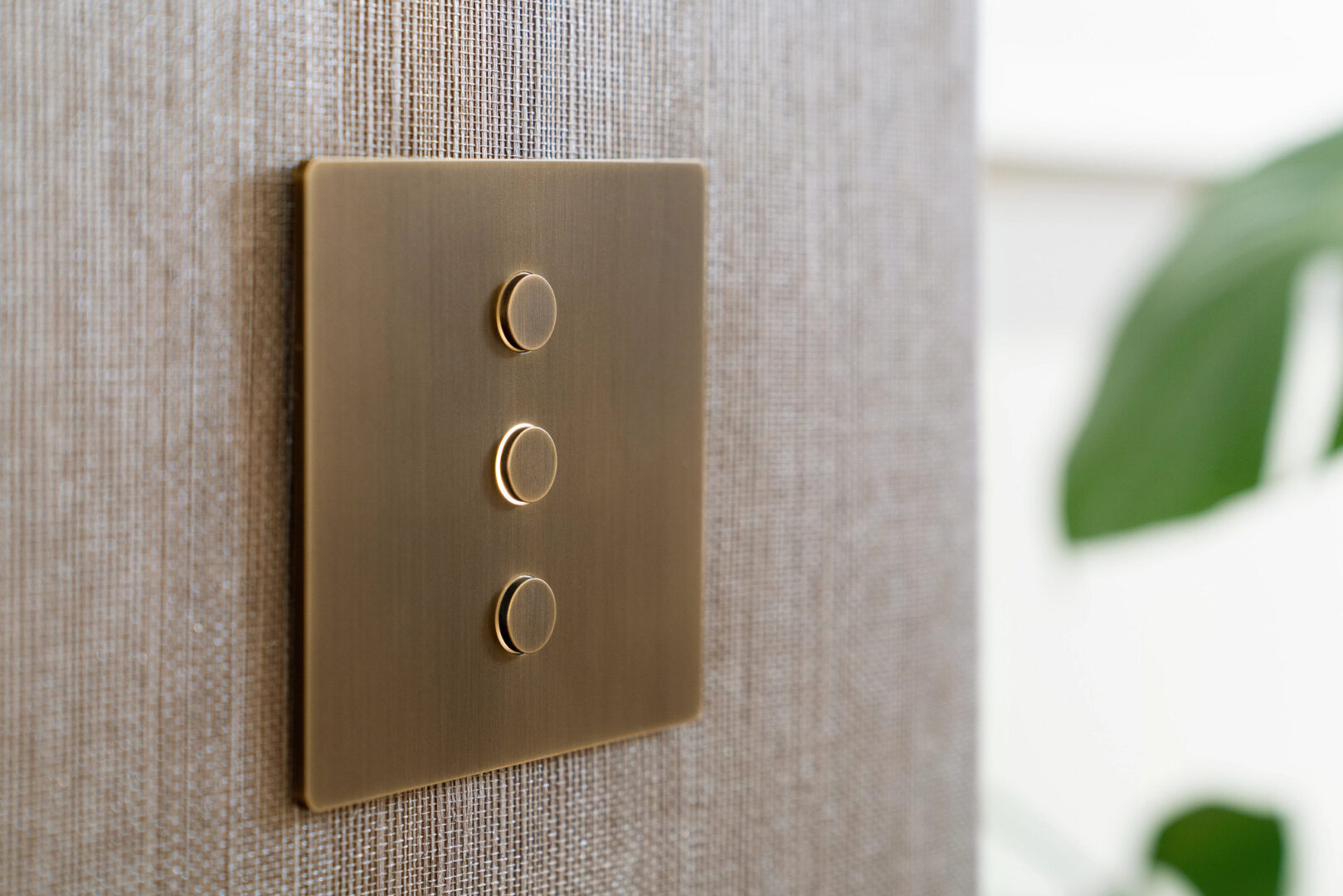
If you find yourselves in this position now or if you are worried that your system may need upgrading in the near future and would like to understand costs please do not hesitate to contact us here.
Back To All
